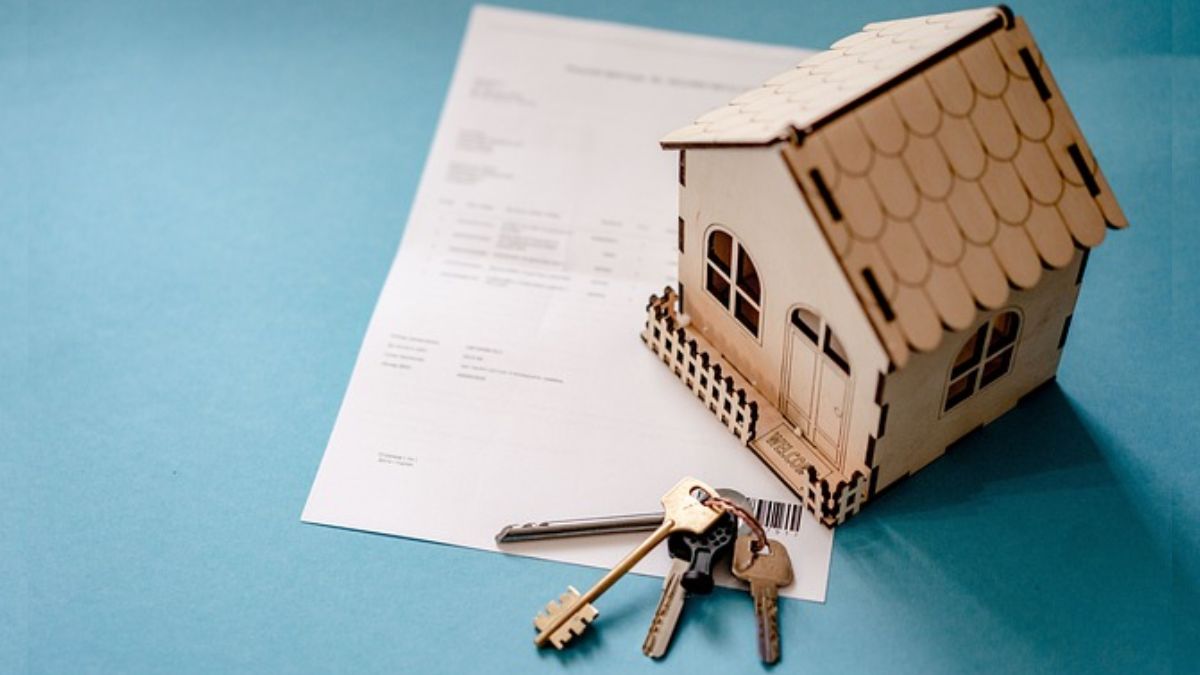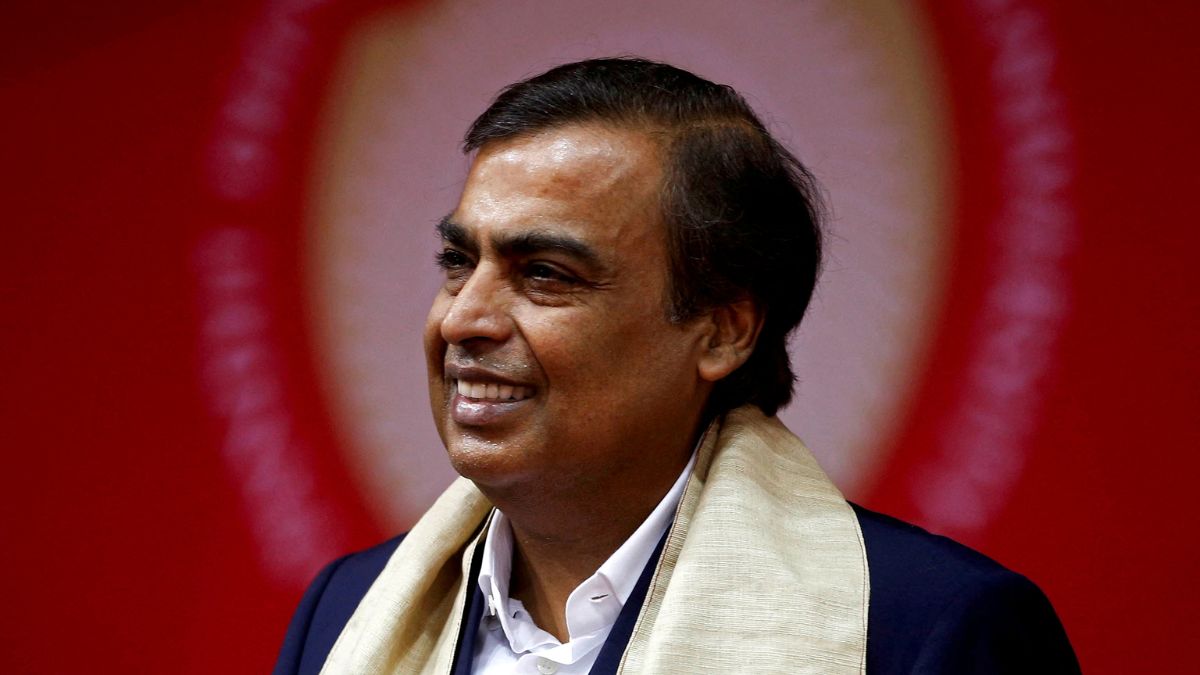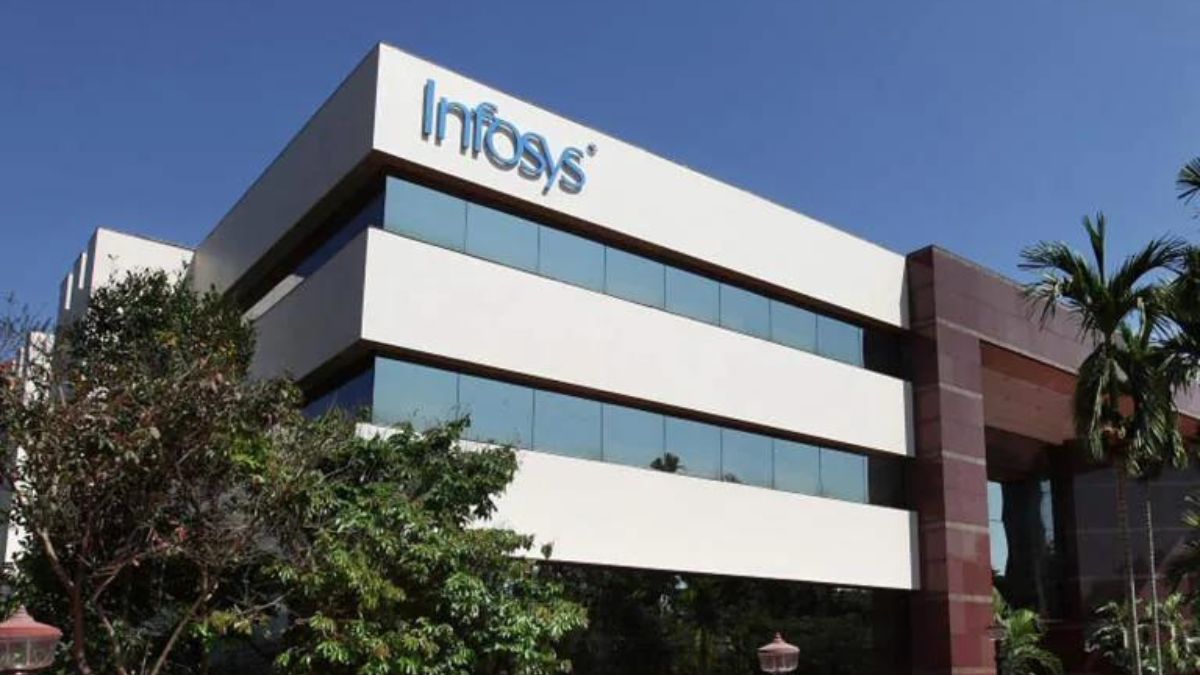Budget 2024 is right around the corner, and middle-class taxpayers are harbouring hopes for a push towards affordable housing. Targeted fiscal incentives and regulatory reforms in the upcoming budget could significantly boost affordable housing, making the dream of homeownership a reality for many more Indians read more
)
Homeownership remains a big dream for many Indians. Pixabay
With the Union Budget for FY 2025 on the horizon, the real estate sector harbours significant hopes. Homeownership is a primary aspiration for many Indians, yet it remains a formidable challenge in our developing nation.
The Pradhan Mantri Awas Yojana (PMAY) has made strides, but homeownership is still far from reality for many. Affordability is the biggest hurdle for the lower income strata, with the ideal home often out of reach. Past budgets have provided relief through tax deductions on home loan principal and interest components and capital gains from property sales. However, contemporary refinements are necessary to have a real impact on affordability in today’s context.
Affordability housing segment
The affordable housing segment, particularly for units priced below Rs 50 lakh, has seen a steady decline in sales, dropping from 48 per cent in 2018 to 30 per cent in 2023. Even as overall housing sales reach 10-year highs, affordable housing sales plummeted by 16 per cent year-on-year in 2023. Homebuyers in this segment are most affected by affordability constraints amid high interest rates and rising residential prices.
The PMAY scheme, which provides direct fiscal subsidy, should be extended on their timelines and scope. This scheme, which enhances affordability, is currently the most effective tool for supporting homebuyers in economically weaker sections and middle-income groups. The eligibility criteria for interest subsidies under the PMAY scheme, currently ranging from Rs 2.3 to 2.7 lakh, should be enhanced to better align with market conditions. This would reduce the EMI burden for homebuyers and increase overall loan eligibility.
The role of tax rebates
To invigorate the housing market, particularly the affordable segment, the tax rebate on home loan interest rates under Section 24 of the Income Tax Act should be increased from Rs 2 lakh per annum to at least Rs 5 lakh.
Currently, Section 80C of the Income Tax Act does not provide a focused benefit on housing. A separate annual deduction of Rs 150,000 for principal repayment will improve housing affordability and provide a much-needed boost to opt for home loans.
Potential to incentivise rental housing
In addition to supporting homebuyers, the budget should also incentivise rental housing for the low-income segment and migrant workforce categories. For many, acquiring a home is either not an option or less desirable. There are houses in the sub-50 lakh segment acquired as investments but remain unoccupied due to low rental yields and challenges associated with tenancy. Introducing a 100 per cent exemption for rental income up to Rs 3 lakh for houses costing up to Rs 50 lakh could incentivise investors to rent out properties, thereby increasing the supply of rental accommodation in this segment.
Addressing land availability challenges
Land availability at the right location and price is another major challenge for affordable housing development. Market forces alone may now allow lower property prices in desirable locations, necessitating government intervention. Government-owned and non-core land parcels in urban areas, such as those owned by railways or defence forces, can be utilised for high-density rental housing development.
The housing units built here should be let out at a 2 per cent pa yield on the rateable value in that location, available only for long-term rental housing to homebuyers who meet the qualifying income criteria for the affordable segment. The government should retain ownership of the land/property and be responsible for maintenance and upkeep. Further, land supply at relatively affordable peripheral locations of mega cities can be created by development of large-scale transit-oriented infrastructure projects.
Adjusting timelines in tax framework
Besides, under Section 54 of the Income Tax Act, long-term capital gains from the sale of an existing house can be used to buy or construct a new property. However, the investment exemption can only be claimed if the construction of the new property is completed within three years of the sale.
Given the increasing scale of residential projects, which often exceed three-year timeline, and frequent delays in under-construction projects, the completion timeline for these properties should be extended to five years. This adjustment would help homebuyers set off capital gains in under-construction properties more effectively.
As we await the Union Budget for FY 2025, it’s clear that targeted fiscal incentives and regulatory reforms can significantly enhance the real estate sector, particularly in affordable housing and rental markets. By addressing these key areas, the government can help realise the dream of homeownership for many and stimulate broader economic growth.
Shishir Baijal is the Chairman & Managing Director of Knight Frank India. Views expressed in the above piece are personal and solely those of the author. They do not necessarily reflect Firstpost’s views.

 1 month ago
9
1 month ago
9
)
)
)
)
)
)
)
)
)
)
)
)
)
)
)
)
)
)
)
)
)
)
)
 English (US) ·
English (US) ·